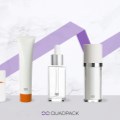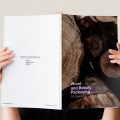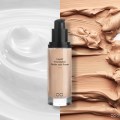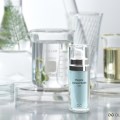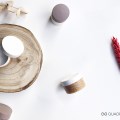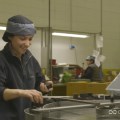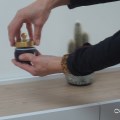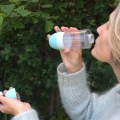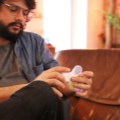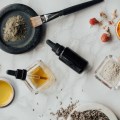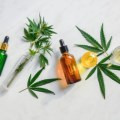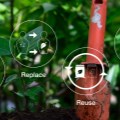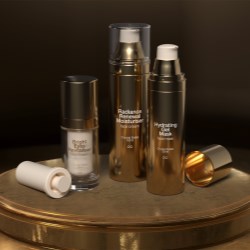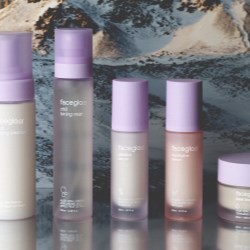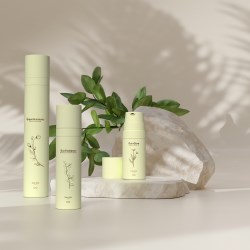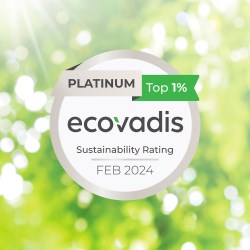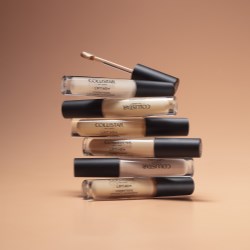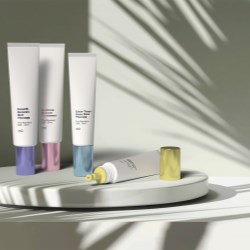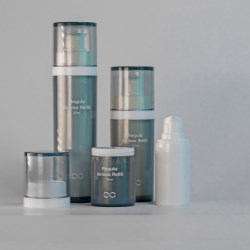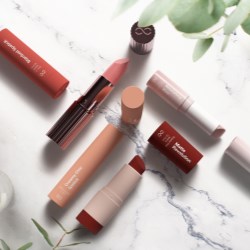Creating packaging solutions through PET injection moulding is an industrial precision craft
The vast majority of beauty packaging solutions are made of some kind of plastic. PET is a popular material, being recyclable, flexible and compatible with many kinds of formulations. Injection moulding allows it to be shaped into jars, rigid bottles and a host of other pack types. Here, we explain the process, its advantages and its challenges.
First of all, what is PET?
Polyethylene terephthalate (PET) is also known as thermoplastic polyester. It is an excellent packaging material, allowing a great deal of creative design when expertly injected.
How does PET injection moulding work?
Injection moulding allows PET to be shaped into rigid packaging formats. PET initially comes in small pellet form. During the injection moulding process, the pellets are heated in the machine and the molten material is injected into a mould cavity, which then cools and solidifies to form the desired product.
How is it different from blow moulding?
Blow moulding is used to make thin-walled products like water bottles, for example. Injection moulding allows greater wall thicknesses, to create products with a luxurious look and feel.
What are the challenges in PET injection?
Although PET injection moulding sounds simple and straightforward, the process involves a host of parameters. Material dryness, melt temperature, mould temperature, pressures, ventilation and injection speed must all be configured with the right values, set at the right times, to achieve perfect results.
PET is very sensitive to water and must be meticulously dried before production. It is also sensitive to high temperatures, so it is critical to adhere to the established pressures, times and temperatures, to avoid quality defects like brittleness, dullness, burns, flashes and dimensional deviations.
Originally, PET was mainly used in blow moulding to produce thin-walled products. Thick-walled products require injection moulding, however, and the process is more complex. The material properties have to be in perfect sync with the mould shape and design, as well as the injection moulding machine.
Is injecting rPET the same as virgin PET?
More or less, but it is important to align the processes to the material’s properties. Compared to virgin PET, recycled PET (or rPET or PCR PET) has its own characteristics: the melt flow rate is different and, being reused, its appearance is inevitably affected by impurities. It is possible to use a percentage of rPET – anywhere from 5% to 100%, depending on the shape and aesthetics required. In any case, rPET must always be tested with the formula, especially when dealing with a mix.
What colours can a PET pack be?
With virgin PET, all kinds of colours are possible. Limitations only exist with certain special colour batches, where additive separation can be visible. Colour choices depend on the purity of the material used, so they are far more restricted with rPET.
How can brands choose between recycled and virgin PET for their packaging?
The choice depends on the level of sustainability and quality they require, as well as time and volume. rPET has a lower environmental impact, but has restrictions in terms of lead times and aesthetics. Brands may choose to embrace rPET’s ‘imperfections’ to visually send a message on sustainability, although these can be mitigated with the right process parameters and decoration techniques.
Volume is also a consideration. The final product quantities should ideally match the available material batch quantities, to avoid variations in the process parameters and the products’ final appearance.



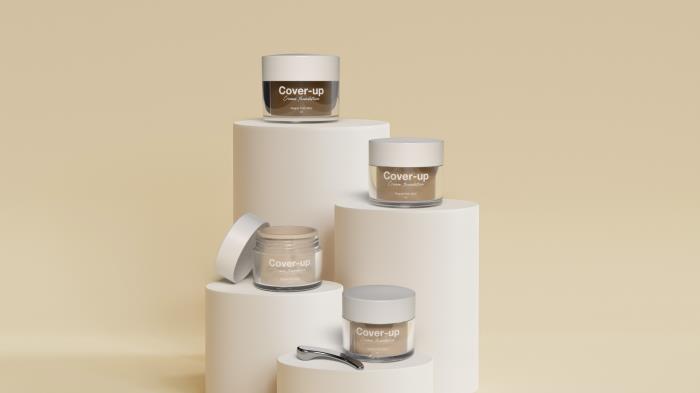





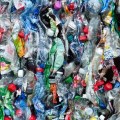

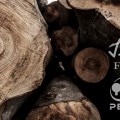

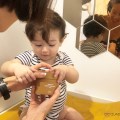

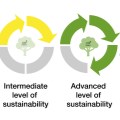
.jpg)
